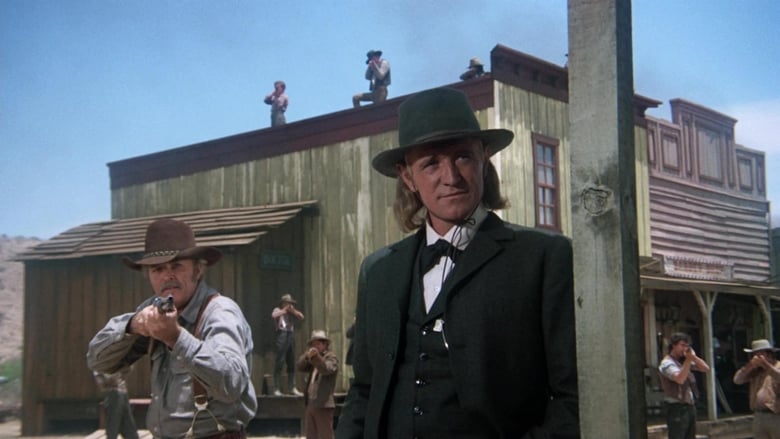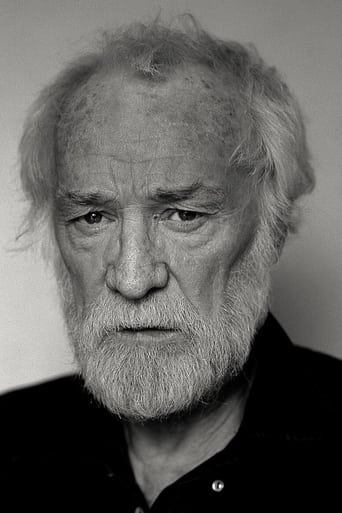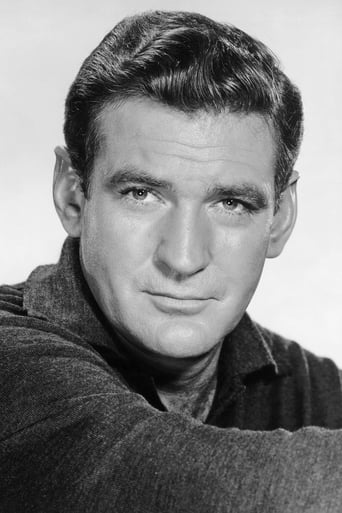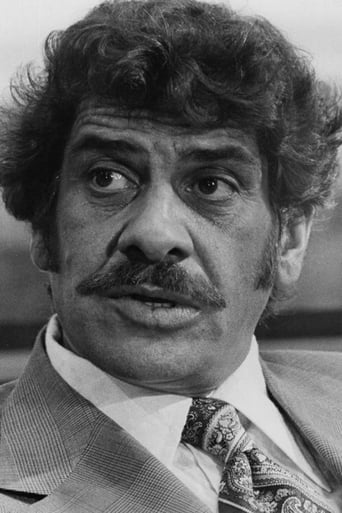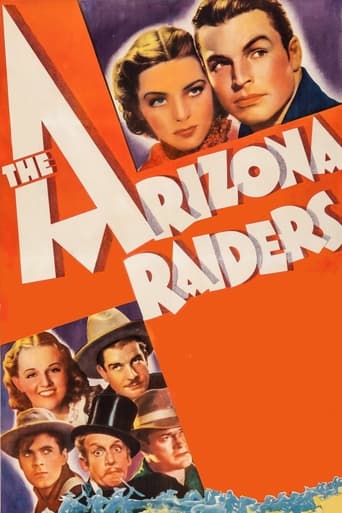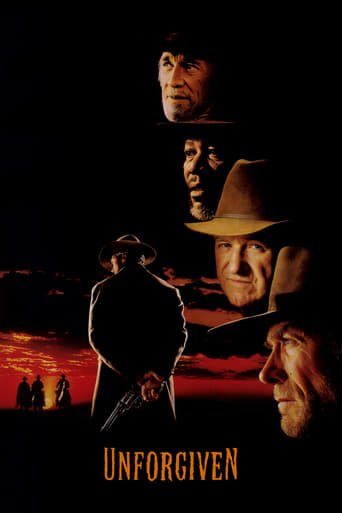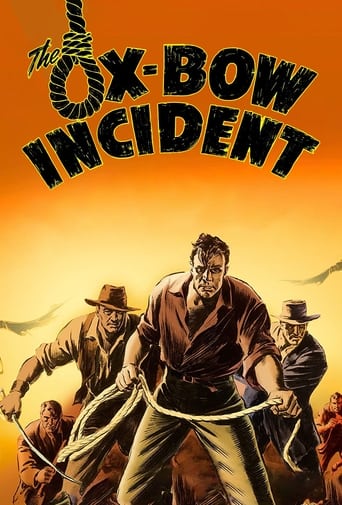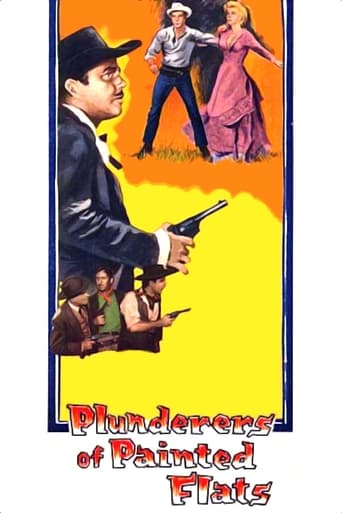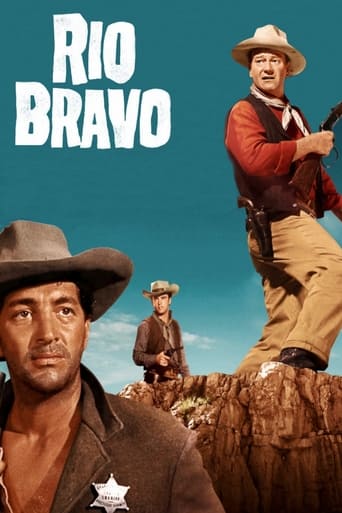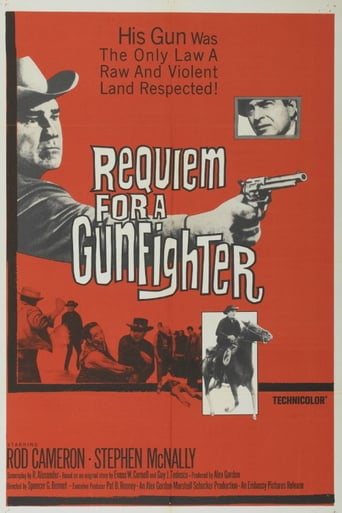The Deadly Trackers (1973)
Sheriff Sean Kilpatrick is a pacifist. Frank Brand is the leader of a band of killers. When their paths cross Kilpatrick is compelled to go against everything he has stood for to bring death to Brand and his gang. Through his hunt into Mexico he is challenged by a noble Mexican Sheriff interested only in carrying out the law - not vengeance.
Watch Trailer
Cast


Similar titles
Reviews
I can't understand why these American outlaw gangs always gallop into Mexico to find safety and succor. They always wind up getting caught anyway. And before they come to their just end they must suffer through the Aztec Two Step. However, the story is from Sam Pekinpah who had this thing for Mexico.Rod Taylor, as the leader of this gang of four, doesn't seem to realize this. He and the gang hold up a bank and then get trapped in a Texas town. They're all snarling in the school house or someplace, surrounded by a hundred townsmen pointing rifles in their direction. Peaceful Sheriff Richard Harris tries to sweet talk them into giving up. Like hell! Taylor is pure e-vil. He emerges from the building holding a pistol to the head of a tow-haired young boy who happens to be Harris's son. The accommodating Harris orders his men to throw down their guns, allowing Taylor and the rest to high tail it out of town, with the boy on Taylor's saddle. Harris's wife screams and tries to drag her son from the horse but Taylor shoots her dead. Then the boy topples from the saddle and is stomped to death by twelve hooves as the animals race over his fallen body. Harris is stunned, his face frozen with grief. Then he straps on his gun belt and slips a rifle into its sheath.This sets the whole plot in motion, similar in some ways to "The Bravados" with Gregory Peck as Adrasteia. I won't bother to spell it out in any detail because it's a long movie and sometimes complicated. But with Harris in pursuit the gang crosses the Rio Grande and more or less slaughters its way through a couple of Mexican villages, sparing no one. Harris manages to catch up from time to time and winnow down the numbers but his efforts are hampered by Al Lettieri as a Mexican police officer who believes in the law. Harris's sheriff, after all, has no business in another country and revenge killings are illegal, so we are led to understand.It's a colorful movie and full of action, so it's an enjoyable divertimento. The location shooting in Morelos, Mexico, is very nicely done. Make you want to take your holiday there. And the performances aren't bad either. Curious to see Al Lettieri as a force for good instead of evil, although with his bushy mustachio and scowling features he still looks like a for for evil. Rod Taylor could go either way. His face is plumped out with age and he has a full mustache and scraggly beard so that from certain angles he resembles Robin Williams. Harris has that ugly, manly face that some Irishmen have and he hits his marks. He was excellent in the little-seen "The Field" and he seemed to give acting lessons to the other actors in "Gladiator." The plot throws away any credibility it had towards the end. We've gotten to know Rod Taylor's murdering thief. He takes nothing seriously. He watches from a distance while Harris sets about trying to butcher a gang member that's been left behind, and he jokes about it and makes bets on who will win. Then we have to swallow and digest his sudden impulse to visit his little daughter in a Mexican convent. He smiles, tries to hold her close. "You know your ol' Daddy, don't ya?" The tears run down his face, also the viewer's.
Peace-loving Irish sheriff in a small town on the Texas-Mexico border single-handedly goes after a pack of scurrilous bank robbers whose leader is responsible for the death of the sheriff's wife and child. The western genre of late-'60s/early-'70s cinema took a sour turn once the production code was abolished and the ratings system established, allowing films to push the boundaries of their violence and language. By the time "The Deadly Trackers" has dispensed with its godawful credits sequence (which is nothing more than dialogue from the film dubbed over grainy stills from the shoot), we've already heard enough expletives and racial slurs than any number of films from John Wayne's heyday. Two of the picture's principle sequences involve holding loaded guns to the heads of children, while the talents of Richard Harris and Rod Taylor are thoroughly trashed. Buffs may find some tension here, but the direction (by Barry Shear, filling in for the fired Samuel Fuller) is weak, and the production is depressingly cheapjack. A foul-mouthed, mercilessly elongated bore. * from ****
Pacifist sheriff Richard Harris rethinks his civilizes ways, when his wife and son are murdered by ex-Confederate lowlife Rod Taylor and his nasty band of cutthroats. Abandoned by his posse at the border of Mexico, he goes it alone, butting heads with Al Lettieri (who's great in this), his idealistic Mexican counterpart, who wants to bring Taylor in alive for a local murder.A fast pace, plentiful action, good photography of beautiful Mexican locations, and a colorful cast of villains, that include William Smith as a disfigured brute, Neville Brand as an unpleasant cretin with a block of railroad track for a hand (!), and Paul Benjamin as a cultured, black dandy, make this worth watching for fans of hard-boiled, macho film-making.The film's message is a bit murky though. It seems as if the movie is demonstrating the dehumanizing effect of Harris' obsessive search for vengeance, which turns him into a man to be pitied.However, despite Mexican lawman Lettieri's great strength, dignity, and honor, his sense of true justice makes him look like less of a man too, when in the end he's forced by his rigid ideology to attempt to release the truly vile, smug killer and ends up shooting Harris in the name of the law.The film is either trying to have it both ways or telling us to choose our own morality!Like most of his western films (A Man Called Horse, Man In The Wilderness, Unforgiven), Harris takes an inhuman amount of physical punishment in this grim, sometimes mean-spirited, and excessively violent action/adventure, that somehow managed to sneak by with a PG rating!
I find it interesting how I can reconcile my feelings about this film. On the one hand, it's a boldly intense revenge Western, while on the other, there's so much nonsense going on that with any serious scrutiny one might dismiss it as gross caricature. Take the character of Choo-Choo (Neville Beand) for instance - how exactly did 1880's medical technology manage to graft a chunk of railroad track to his right arm? Then there's Gutierrez (Al Lettieiri), the Mexican Federale - you mean to tell me that he gets shot off his horse, does a forty foot swan dive over a cliff, and some time later manages to get up and walk away? I had him a goner, but if he could have survived, how so without a broken back? Then there's the main character himself, Sheriff Kilpatrick, ably portrayed by Richard Harris. Now I know it doesn't take much of a stretch to go from pacifist to hell bent avenger after seeing your family wiped out, but how about some discretion. Kilpatrick just jumps right in without thought of consequences, like jumping that big lug Schoolboy (William Smith). OK, I know that had to work out to keep the story going, but gee, the guy looked like he just finished a workout at World Gym.There's something else about Kilpatrick - did you notice that after every one of his bloody encounters (that first one with Schoolboy was the worst), he appears in the next scene with a clean set of duds. I didn't notice any Chinese laundries along the way, so it left me wondering how he might have managed that. Maybe I'm being picky, but didn't anybody else think about that?Here's something neat though - I liked the idea that Kilpatrick had the town of Santa Rosa so organized that they were able to back him up at a moment's notice with all hands on deck. If these were the citizens of Lago, there would have been no rest of the story in "High Plains Drifter". Something to think about.As for the finale, I'm not buying it. After all that Kilpatrick and Gutierrez had gone through to catch up with Brand (Rod Taylor), the Mexican lawman would just shoot him in the back as he rode away? Where's the code of honor among lawmen? Even if Gutierrez wanted to be hard core by the book with Kilpatrick, by the final showdown with Brand it was going to be self defense any way you slice it. So I have to ask, was that really necessary?


